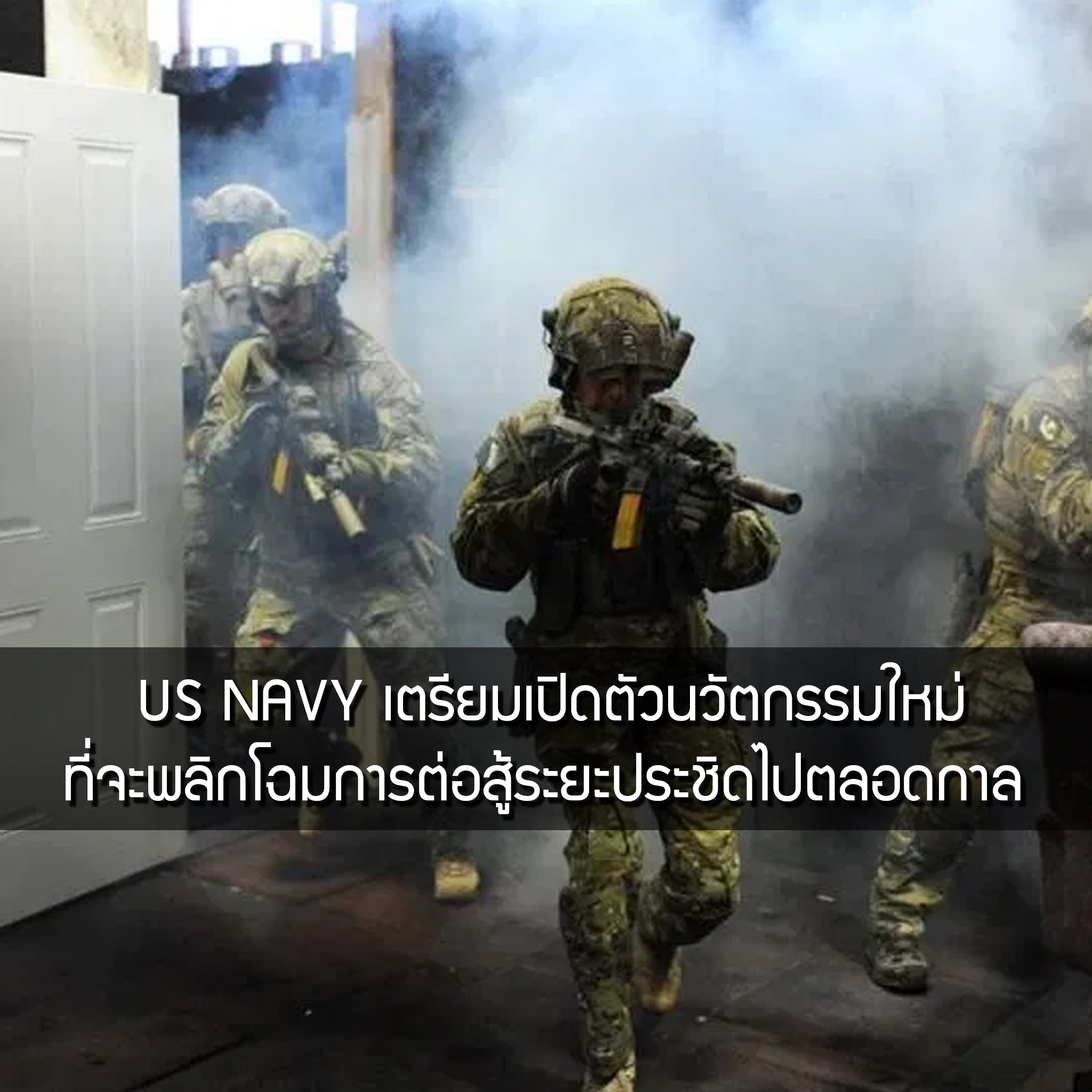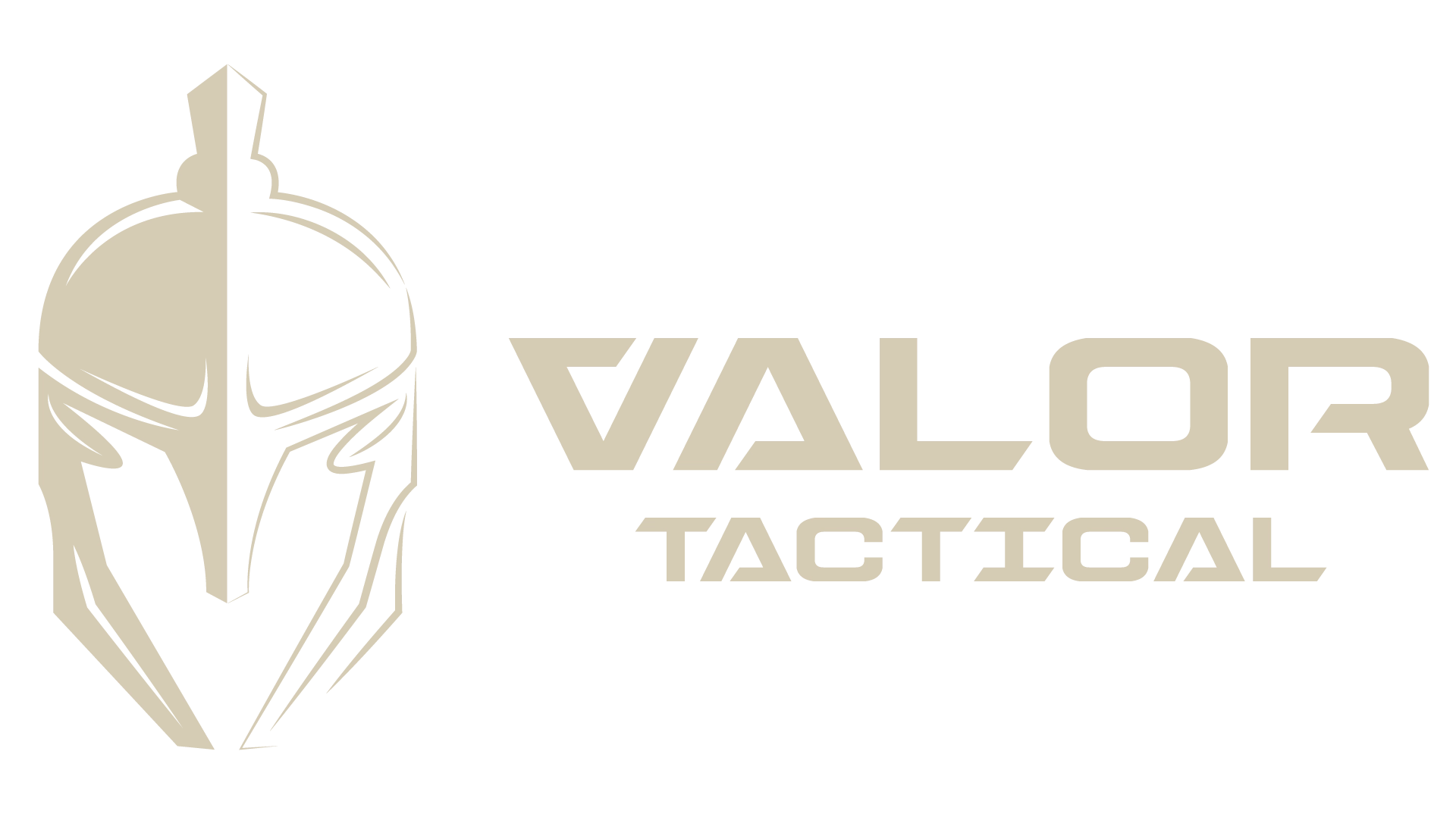
The US Navy has announced the development of a special device.
That will change the face of close-quarters combat forever.
What operators face in close-quarters combat
That is where we need to identify the "safe/unsafe areas".
After searching the rooms in the building,
The authorities chose to use "glow sticks" to mark the area.
That the room is "safe", a technique used by SWAT officers.
and special operations officers for almost 30 years
(First used in the 1990s)

However, the problem with using this technique is that it is not 100% safe.
In a real-world situation under pressure, officers may forget to put down the glow sticks.
To signal that the area is safe or even if the criminals choose to
Outsmart the officers by sneaking into the security area that the officers have set up.
Without touching the glow sticks placed there to trick the officers into thinking the area is safe.
Current revisions to all special operations officers
Which is included in the basic principles of combat.
Close-range or standard operating procedure (SOP) for CQB
That is after the building was cleared.
During the departure process from the destination, the officer must:
" Re-Clearing Rooms " or re-inspecting suspicious rooms every time
Before leaving the building to prevent any unexpected incidents that may occur.
(The US official practice has been abolished.
The pattern of assigning 1-2 officers to be dropped
To stay and guard the corridor or room that has been inspected)
The US Navy has announced the development of a new device called
The Room Breach Digital Sensor Alert Device (RBDSAD)

The device is a combination of an LED bar and a target identification sensor.
That can identify and alert the operator that the room has been inspected.
Which can send information to neighboring operating units for convenience and speed.
In performing duties, in cases where more than one operational unit must work together
But the key thing that really revolutionized the principles of close-quarters combat with this technology is
That is the sensor technology that will help alert the officers in case of enemy presence.
Sneaking into and hiding in the building area that was previously designated as a safe area
The device can record images or videos inside the room.
and send a signal to the operational staff to see if anyone has sneaked into the area.
"Of course... using glow sticks is still a viable technique."
Sean Patten , Senior Technology Manager
As TechLink said
But with the functions this device can do, including the ability to pick it up and reuse it,
and the safety of such equipment, we believe that this equipment will meet the requirements of use.
For special operations officers, whether SWAT, Delta, or even DEVGRU.
This project is a collaboration between Tech Link
With the US Department of Defense and the Navy, currently
The company is also looking for a business partner or partner who will
Participate in research and development in camera technology.
To develop the device to have more capabilities than before.
This project was invented and developed by the unit
Naval Information Warfare Center-Atlantic (NIWC-A)
It is an agency that supports research, development and delivery.
and support for computer communications command and control
of the Secret Service for Cyber and Space Surveillance and Reconnaissance
---------------------------------------------- 
The origin of the Re-Clearing Rooms principle embedded in
Standard Operating Procedures (SOP)
Let's go back to the Iraq war period, around 2005-2007.
The British SAS unit joined Task Force Black.
Go on a mission to hunt down an important target (HVT: High Value Target)
At a location in Baghdad, officers raided the premises.
and killed the enemy, especially the support forces in the area.
But ... the operator made a mistake.
Until one of the criminals managed to escape (he was shot and injured but did not die).
The criminal used a technique of faking his own death and after the SAS officers
The area has been cleared and data and intelligence recovery operations are underway.
Or Sensitive Site Exploitation (SSE), the criminals have also come in and attacked.
and caused injuries to officers
As a result of this incident, the SAS created the Re-Clearing Rooms principle.
and included in the Standard Operating Procedure (SOP)
For tactical operations in close-quarters battle (CQB)
It was stated that after the area was cleared, while leaving the area
Re-check all new destinations, front, sides and back.
For safety reasons, after implementation, it was found that there were many more incidents.
Where the operators were confronted by the criminals again while in the process of withdrawing from the area
This is another example of a basic practice that is constantly evolving.
Even though in the case study, the problem was found only once in 100 missions.
But a problem is a problem, and that can mean a mistake.
Or the loss of officers, even if they are high-level officers
Tier 1 Operators are also prone to mistakes.
Studying and developing solutions is another highlight of the special operations unit.
Help study and research to reduce and prevent various factors that may cause problems.
In the future, as little as possible
Translated and edited by: Ronnakrit " Viking " Sripumma
Source of news : https://sofrep.com/news/navy-invents-new-device-that-promises-to-revolutionize-close-quarters-combat/


